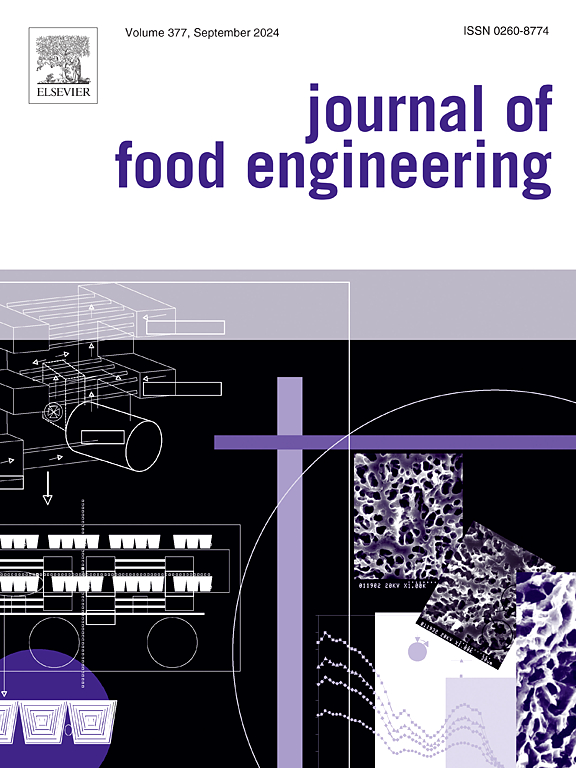几丁质和壳聚糖的食品加工:从废物到机会
IF 5.8
2区 农林科学
Q1 ENGINEERING, CHEMICAL
引用次数: 0
摘要
1811年分离出了含量第二丰富的天然多糖甲壳素,1859年引入了脱乙酰形式的壳聚糖。每年产生1亿吨甲壳素,其中大部分是由与食物有关的生物产生的,包括贝类、软体动物、真菌和昆虫。尽管这些多功能可生物降解材料丰富,但几丁质和壳聚糖的食品加工工程数据和应用仍然有限。本文介绍了扩大甲壳素/壳聚糖基材料食品利用的途径,讨论了其来源、资源高效回收和加工。它研究了利用化学过程和生物过程从各种来源产生几丁质和壳聚糖,以及新兴食品工艺的互补利用,以提高几丁质的回收。介绍了几丁质和壳聚糖的食品生产、食品加工、包装和营养应用,以及将这些有价值的天然多糖从食物垃圾转化为食品应用的未来需求和机会。为了充分发挥食物垃圾中甲壳素和壳聚糖的潜力,需要更好地了解从各种来源回收的甲壳素和壳聚糖的结构-功能关系,生成关键的食品加工工程数据,以及开发增强的回收工艺和规模化工艺。本文章由计算机程序翻译,如有差异,请以英文原文为准。
Food processing of chitin and chitosan: From waste to opportunities
Chitin, the second most abundant natural polysaccharide was isolated in the year 1811 and chitosan, its deacetylated form, was introduced in 1859. One thousand billion tons of chitin are generated annually, much of it by food-related organisms including shellfish, mollusks, fungi and insects. Despite the abundance of these versatile biodegradable materials, food process engineering data and applications of chitin and chitosan are still limited. This paper aims to present ways for expanding food uses of chitin/chitosan-based materials, discussing their sources, resource efficient recovery and processing. It investigates the generation of chitin and chitosan from various sources using chemical processes and biological processes, as well as the complementary use of emerging food processes to enhance recovery of chitin. Food production, food processing, packaging and nutritional applications for chitin and chitosan are presented as well as future needs and opportunities to convert and upscale these valuable natural polysaccharides from food waste to food applications. A better understanding of the structure-function relationships of chitin and chitosan recovered from various sources, the generation of critical food process engineering data as well as the development of enhanced recovery processes and scale up procedues are needed to realize the full potential of chitin and chitosan derived from food waste.
求助全文
通过发布文献求助,成功后即可免费获取论文全文。
去求助
来源期刊

Journal of Food Engineering
工程技术-工程:化工
CiteScore
11.80
自引率
5.50%
发文量
275
审稿时长
24 days
期刊介绍:
The journal publishes original research and review papers on any subject at the interface between food and engineering, particularly those of relevance to industry, including:
Engineering properties of foods, food physics and physical chemistry; processing, measurement, control, packaging, storage and distribution; engineering aspects of the design and production of novel foods and of food service and catering; design and operation of food processes, plant and equipment; economics of food engineering, including the economics of alternative processes.
Accounts of food engineering achievements are of particular value.
 求助内容:
求助内容: 应助结果提醒方式:
应助结果提醒方式:


